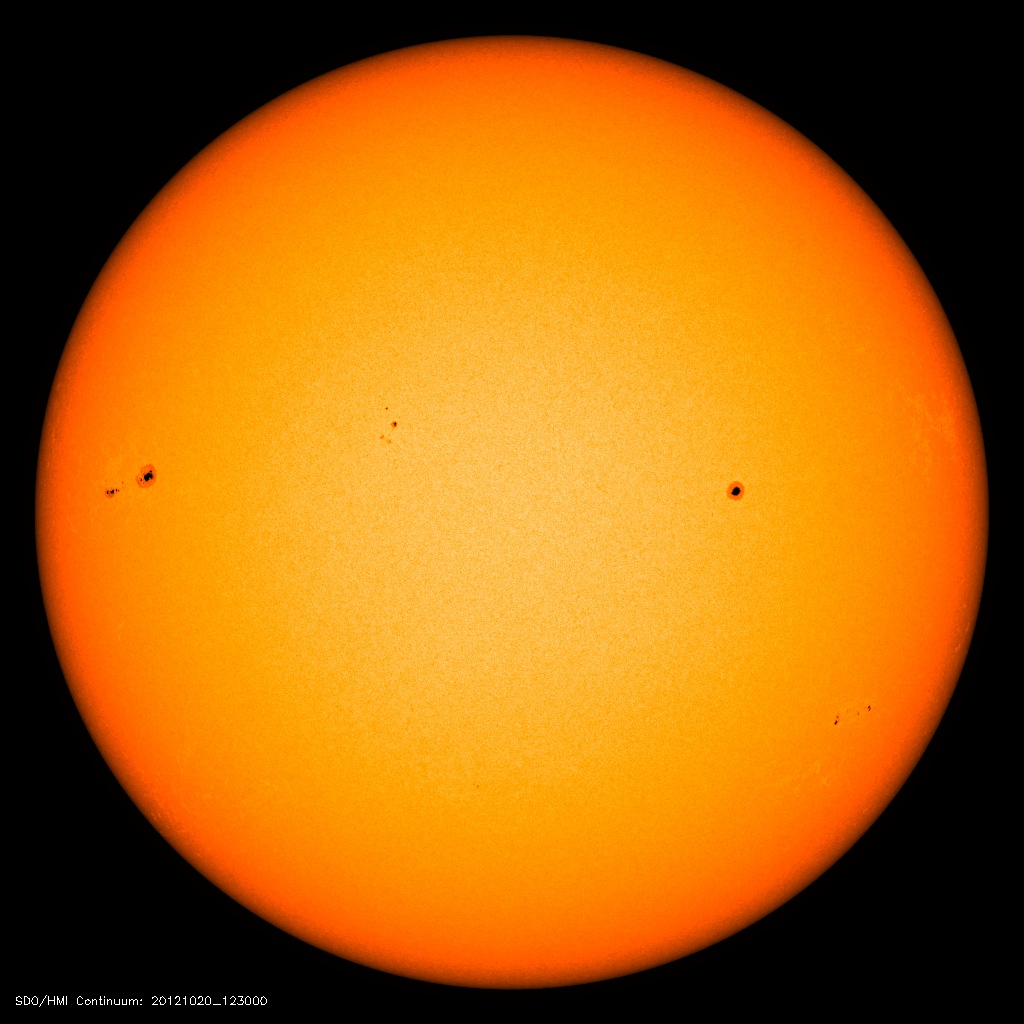
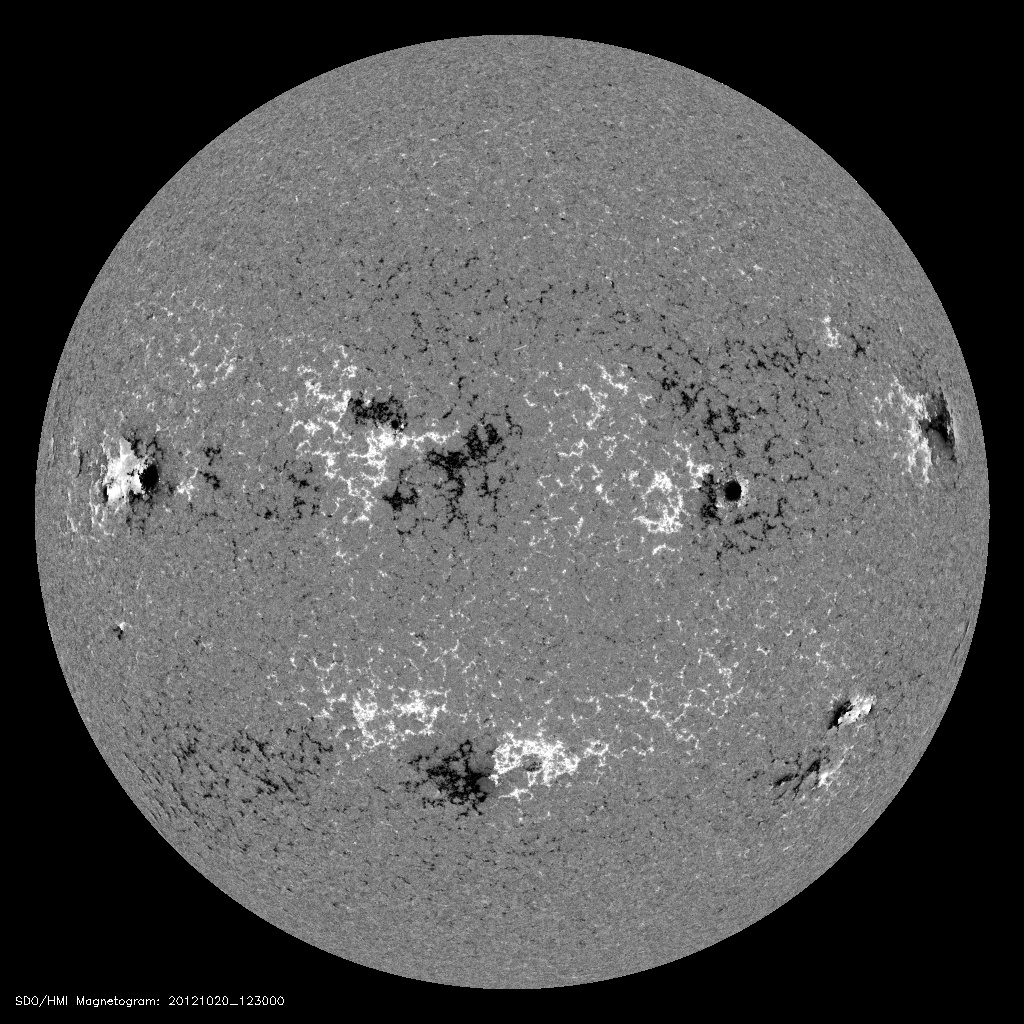
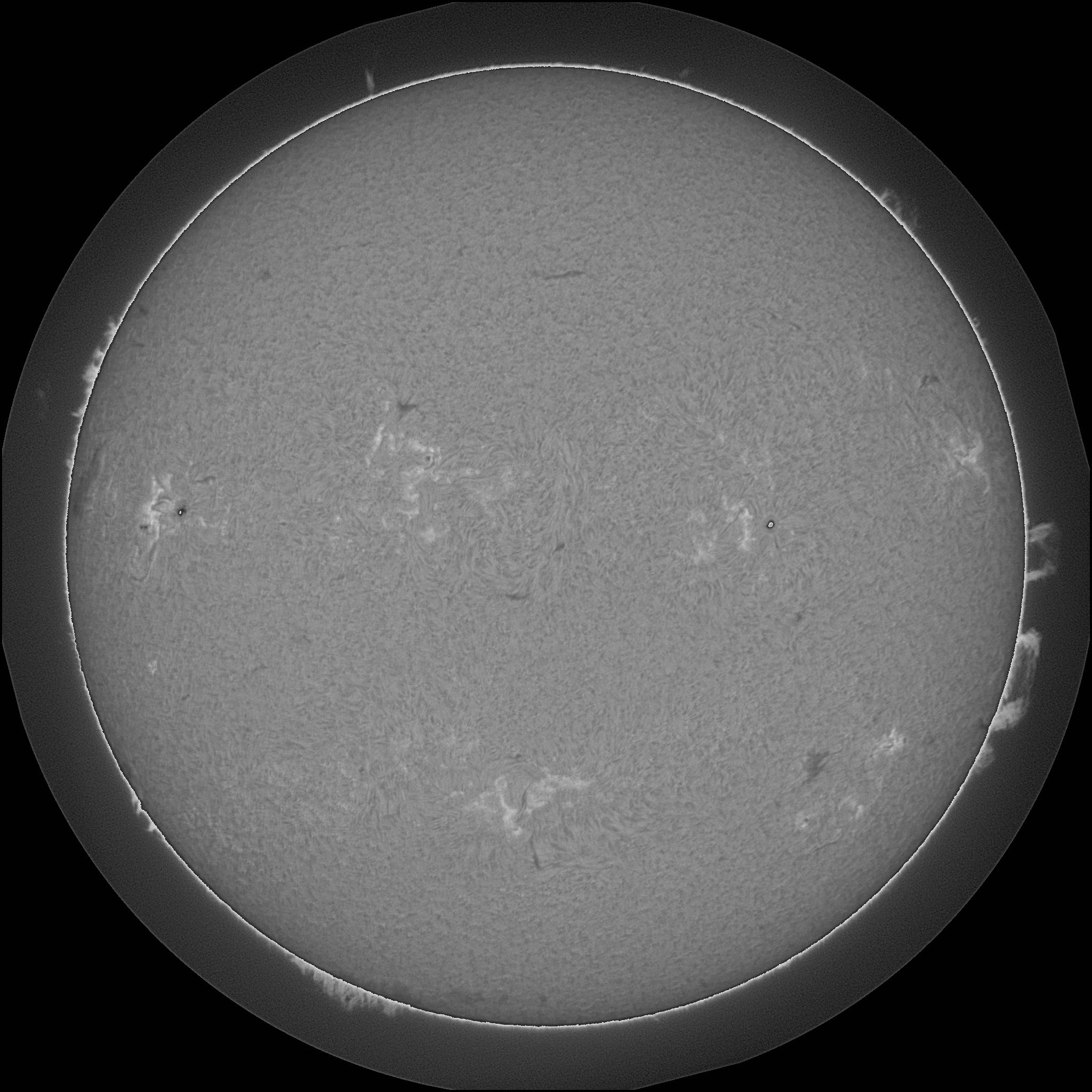
Region
Reports
Notes
MM#009 Default HESSI Target
The target region (NOAA 1596,N11E51) is mostly unchanged and currently quiescent. It continues to display a large E-type sunspot group with a beta magnetic configuration. A new region beyond the southeastern limb was the source of an occulted C3.6 x-ray event at 10/19/20:52 UT. We'll switch to the southeast limb today. C-class activity possible with a chance of an isolated M-class event in the next 24 hour period.
The approximate position of the target on October 20 at 13:00 UT is: S12E88 (Solar X = -942", Solar Y = -203")
Bill Marquette (Helio Research)
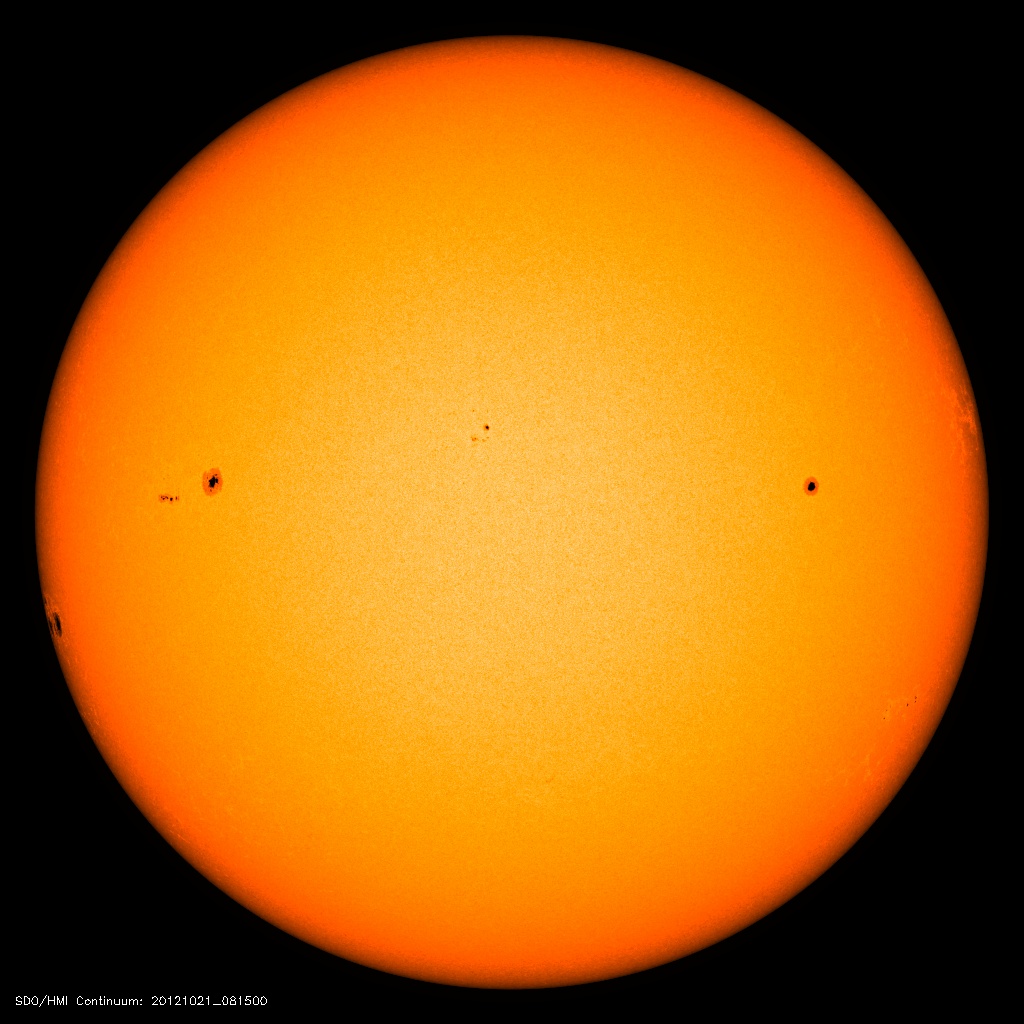
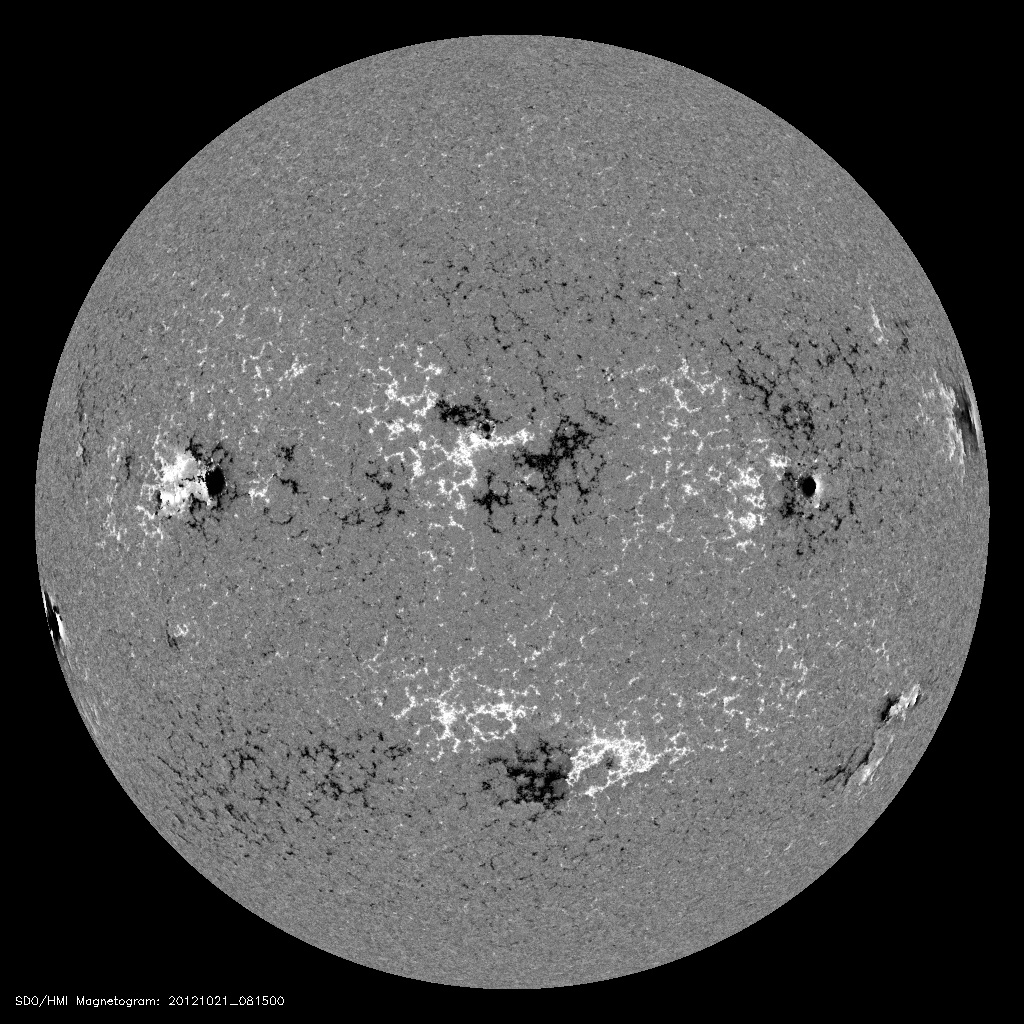
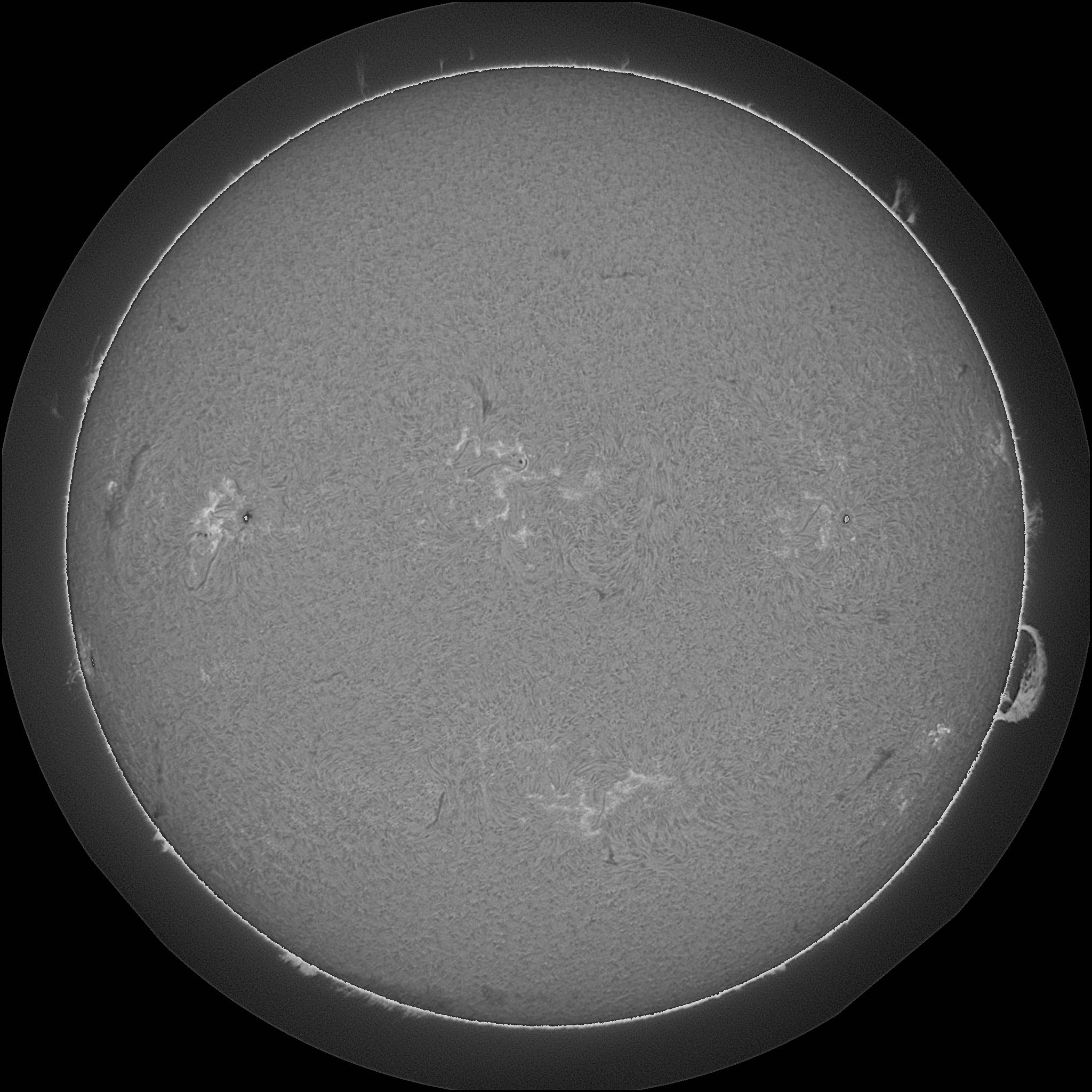
Region
Reports
Notes
Date: Sun, 21 Oct 2012 09:03:48 -0700
MM#003 Major Flare Watch
At this time we are implementing Max Millennium coordinated
observing plan #003 (Region Likely To Produce A Major Flare).
Target region (now numbered NOAA 1598) was the source of a
major impulsive occulted M9 x-ray event at 10/20/18:14 UT.
The region is still too close to the limb to ascertain its magnetic
configuration. 1598 produced 5 C-class events since the M9 event.
The largest was a C7.8 at 10/21/03:07 UT. Another major flare
=/>M5 is very possible in the next 24 to 48 hour period. There is
also a chance of an X-class event during the same period.
The position of NOAA 1598 on October 21 at 08:45 UT is:
S12E80 (Solar X = -929", Solar Y = -215")
Bill Marquette (Helio Research)
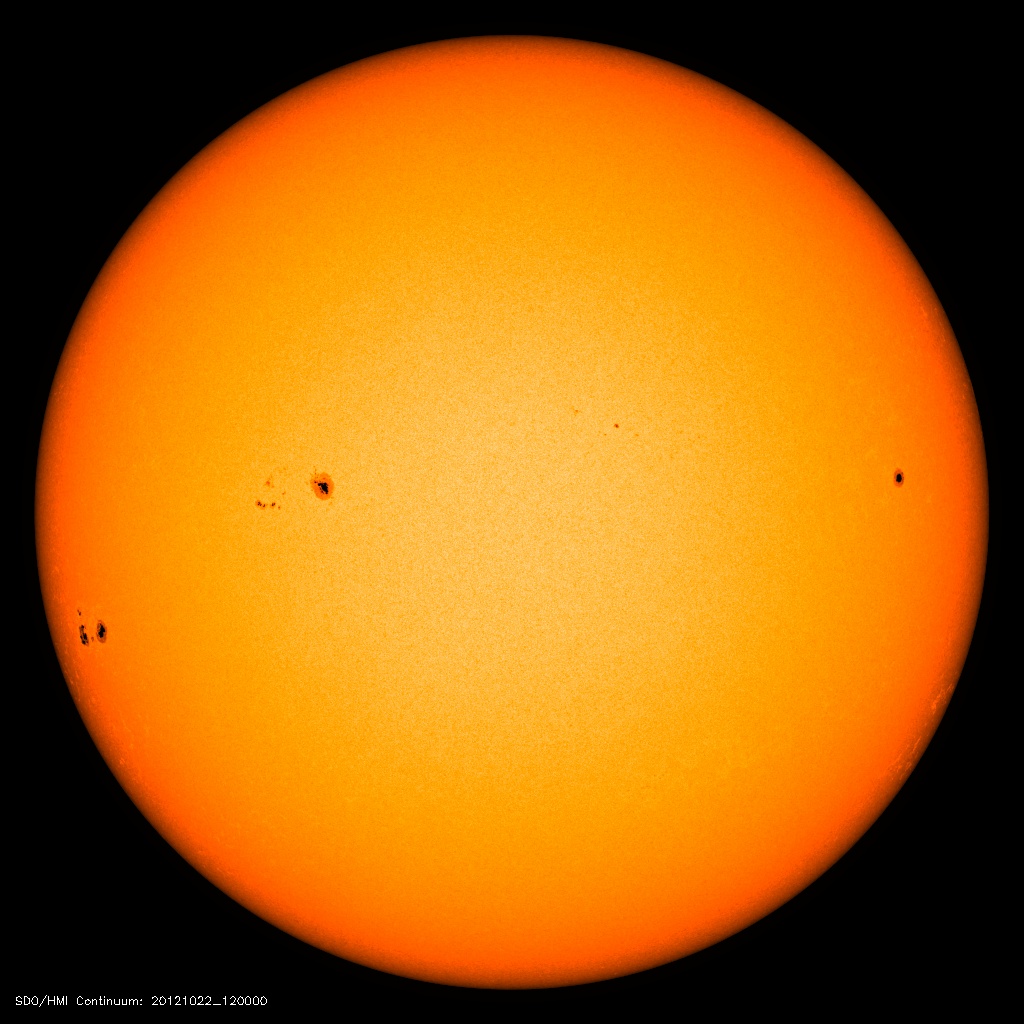
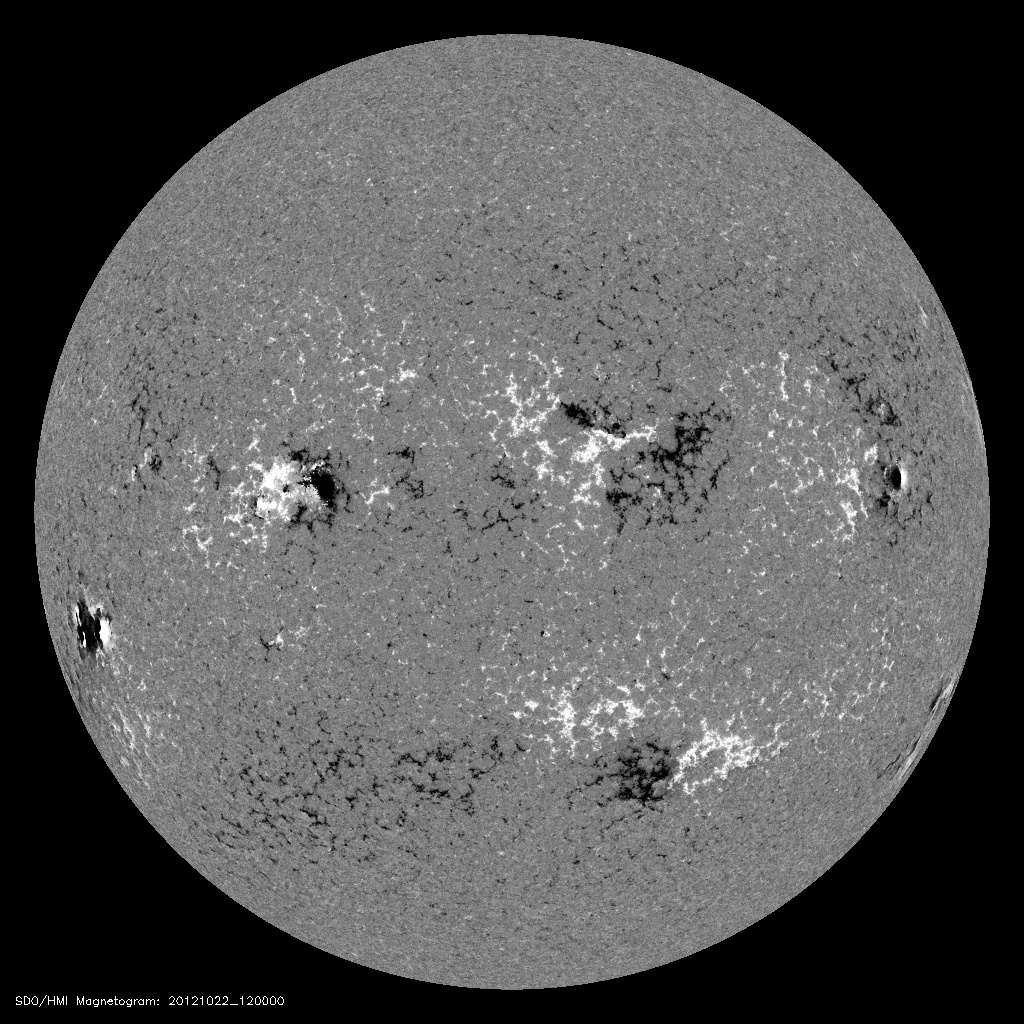
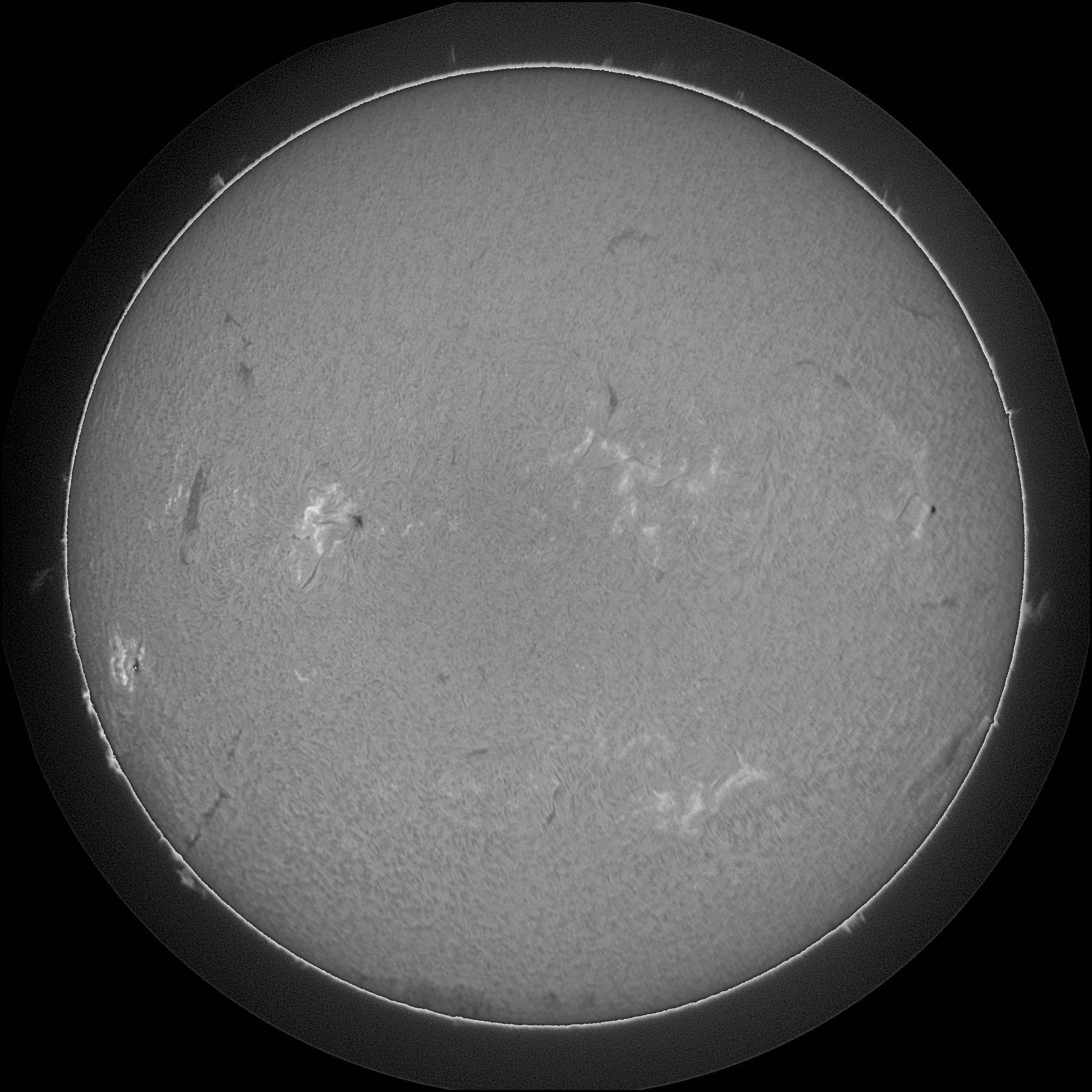
Region
Reports
Notes
Date: Mon, 22 Oct 2012 13:15:02 +0100
MM#003 Major Flare Watch
Yesterday's target region NOAA 11598 has increased in number of spots, spot area coverage, and complexity as continues to rotate onto the visible disk. However, proximity to the limb prevents accurate determination of a magnetic configuration. This region has continued to produce several C-class events in the past 24 hours and an M1.3 flare on 21-Oct-2012 at 19:46 UT. The Major
Flare Watch campaign will continue over the following 24 hours, as 11598 may still produce another >/=M5 flare.
The position of NOAA 11598 on 22-Oct-2012 at 12:30 UT is:
S12E63, ( -842", -239" )
Shaun Bloomfield (Trinity College Dublin)
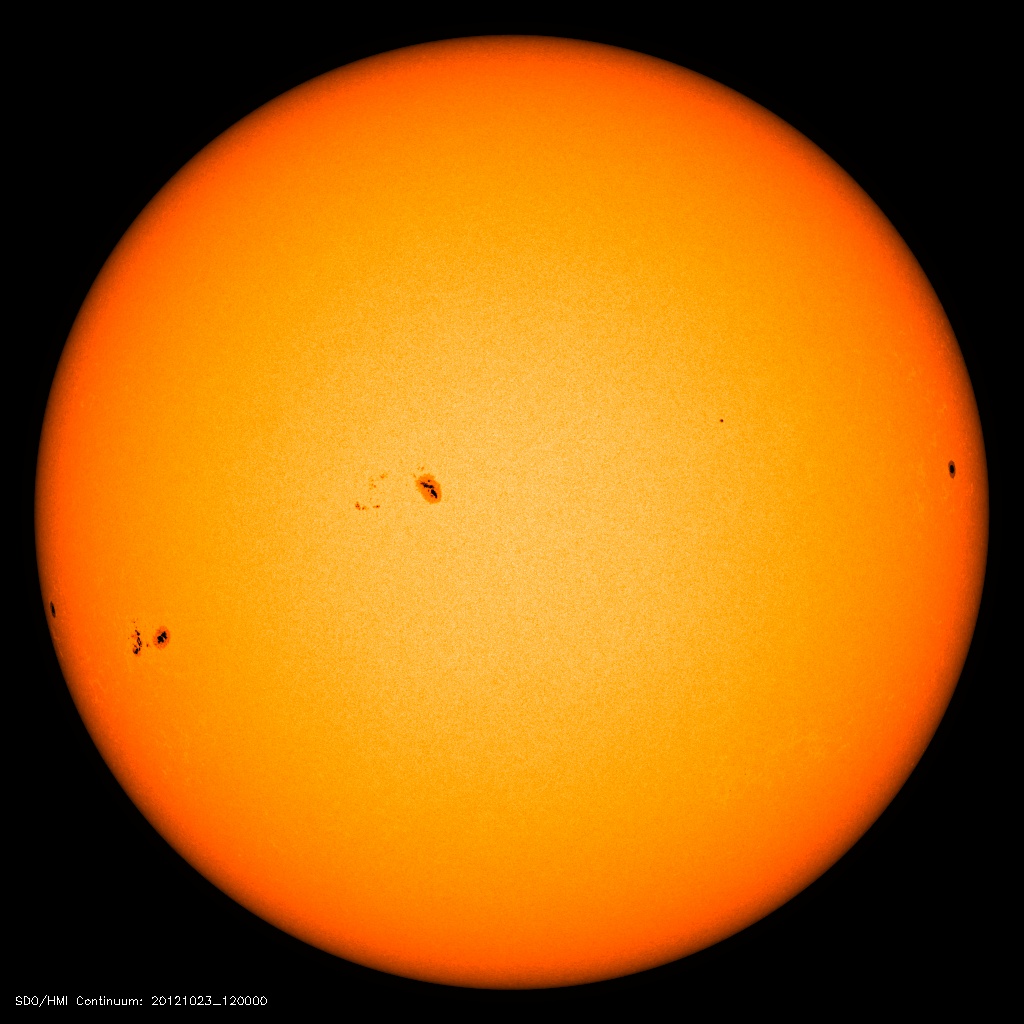
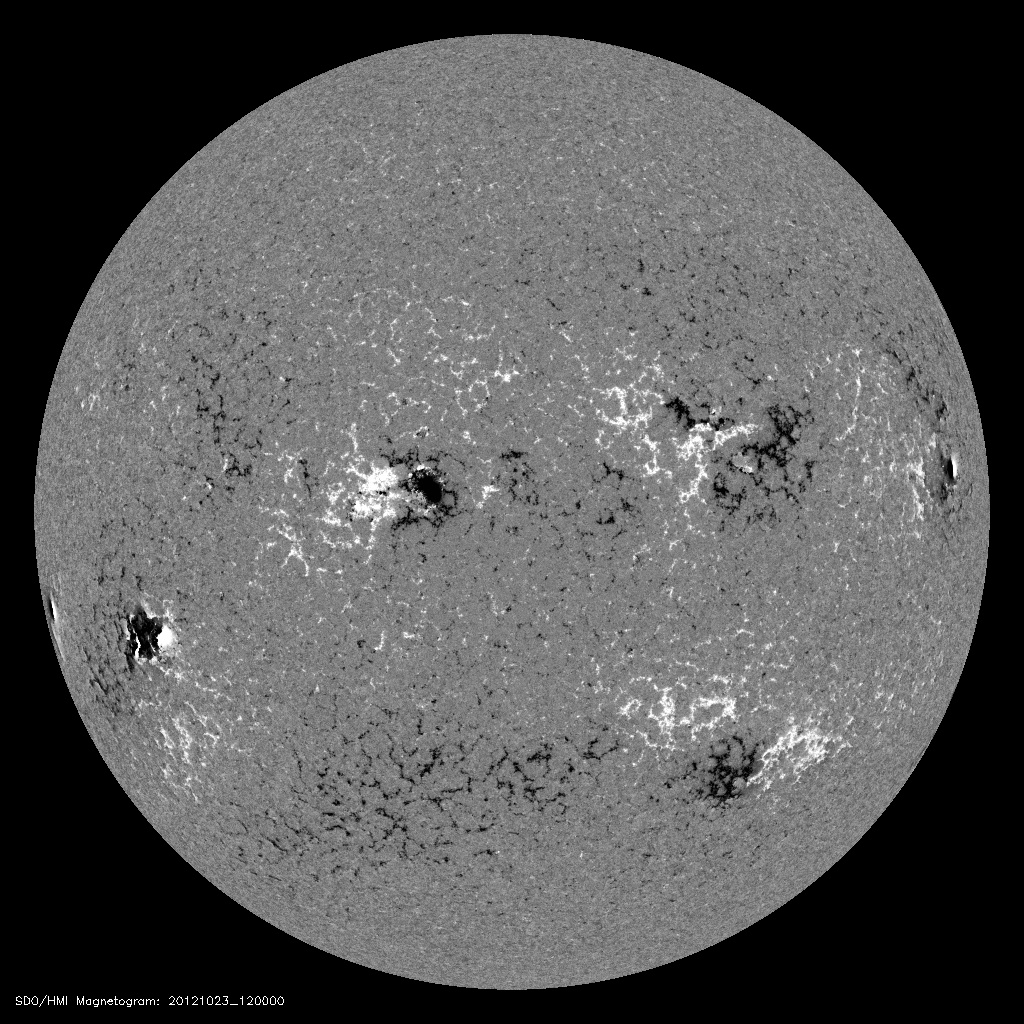
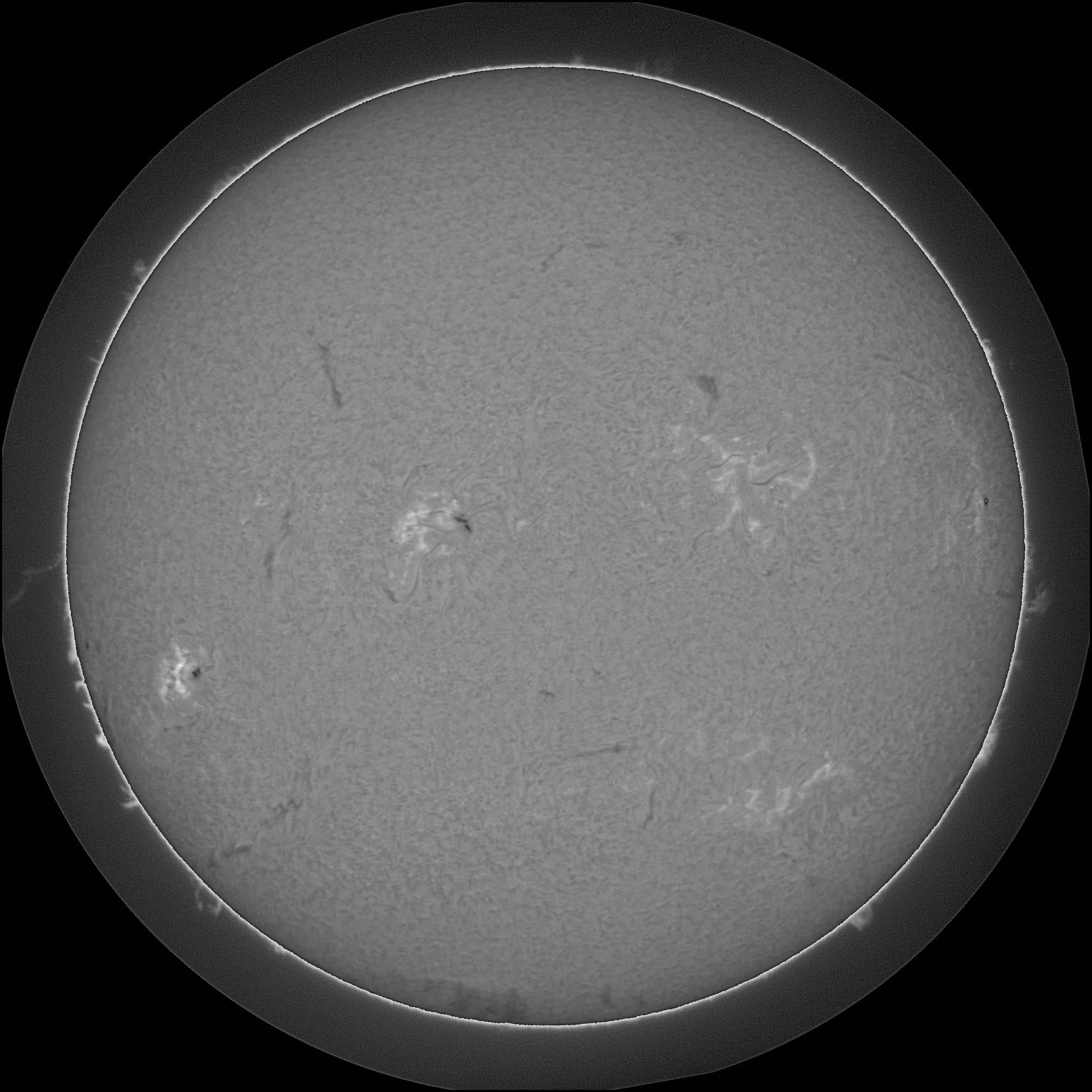
Region
Reports
Notes
MM#003 Major Flare Watch
NOAA 11598 has grown in sunspot area and number of spots. Although designated as a beta magnetic complexity, this region appears to have developed a delta spot in its lower trailing spot group. NOAA 11598 was the source of 2 major flares since the last message - an M5.0 flare on 22-Oct-2012 at 18:38 UT and an X1.8 on 23-Oct-2012 at 03:13 UT. The Major Flare Watch campaign will remain in effect, as 11598 has the potential to produce additional flares >/=M5 in the following 24 to 48 hours.
The position of NOAA 11598 on 23-Oct-2012 at 12:30 UT is:
S10E49, ( -720", -223" )
Shaun Bloomfield (Trinity College Dublin)
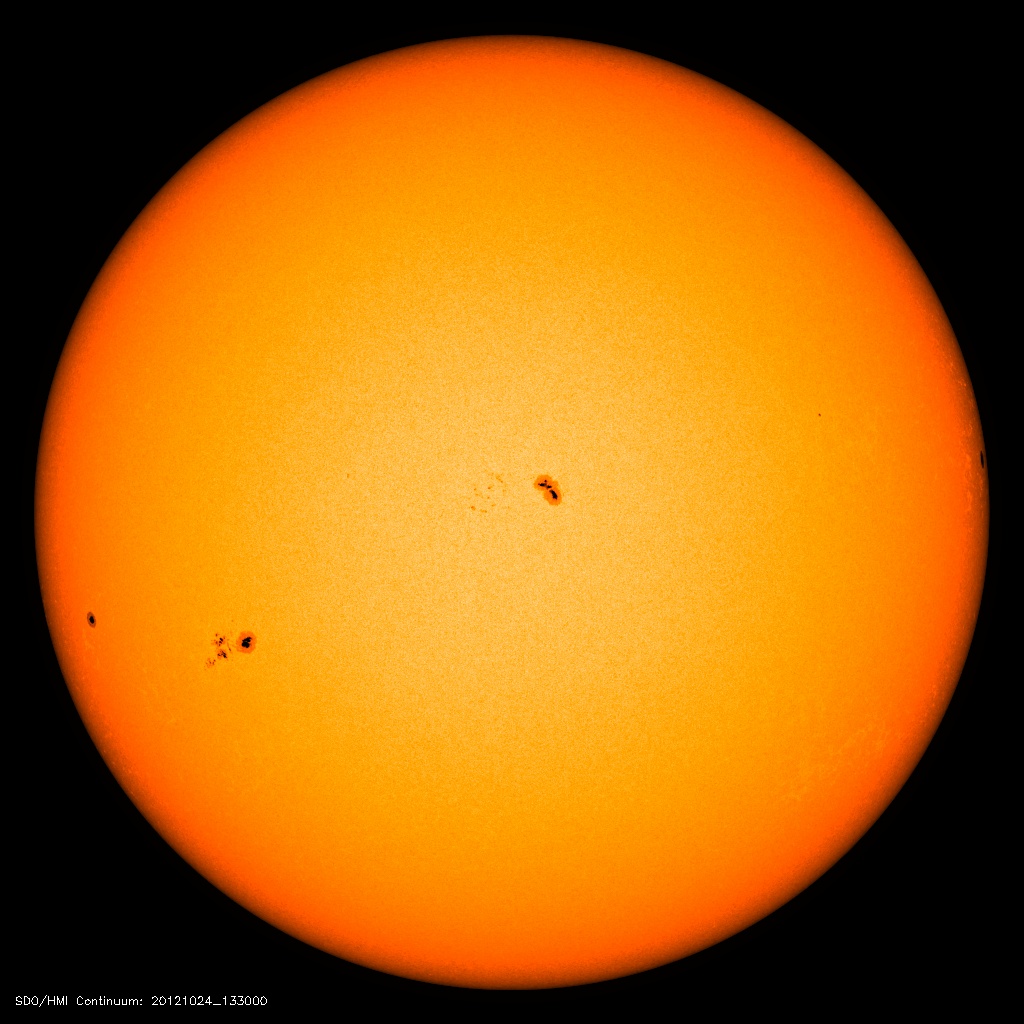
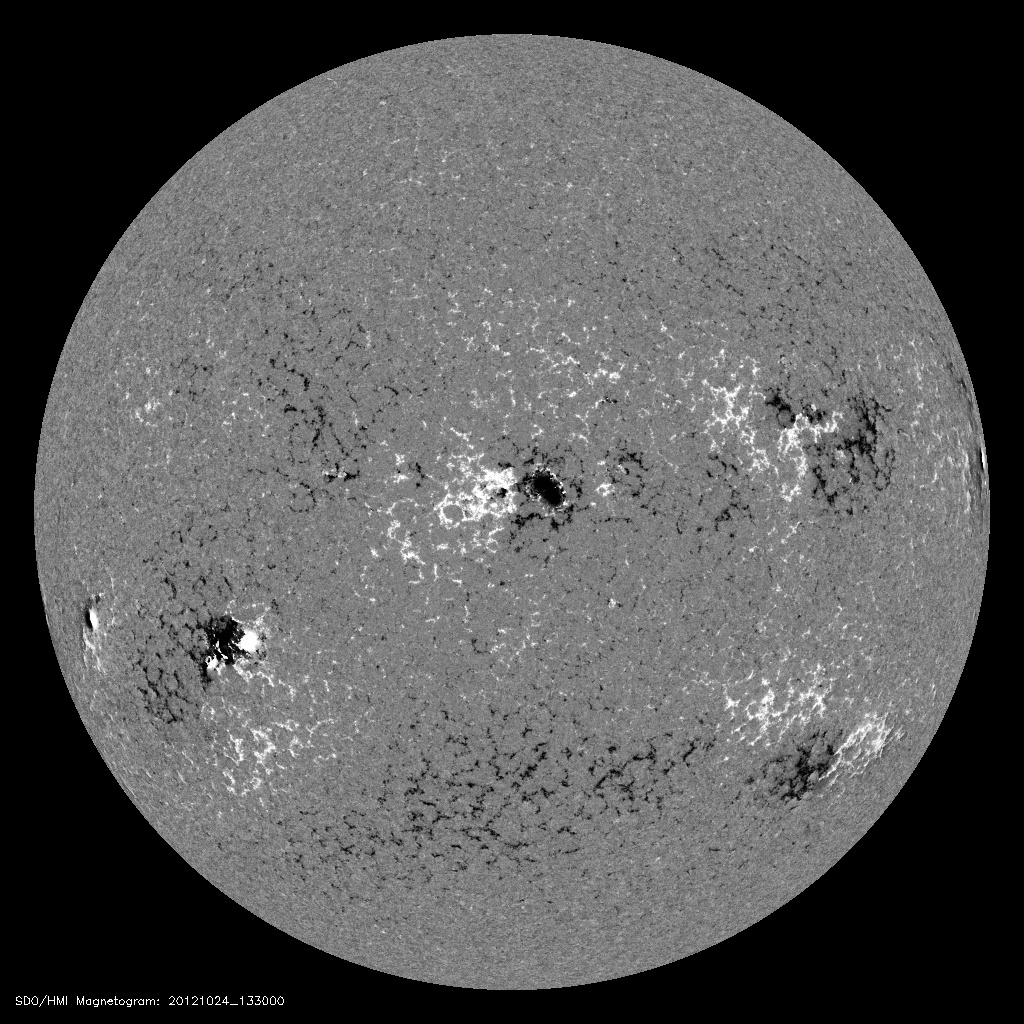
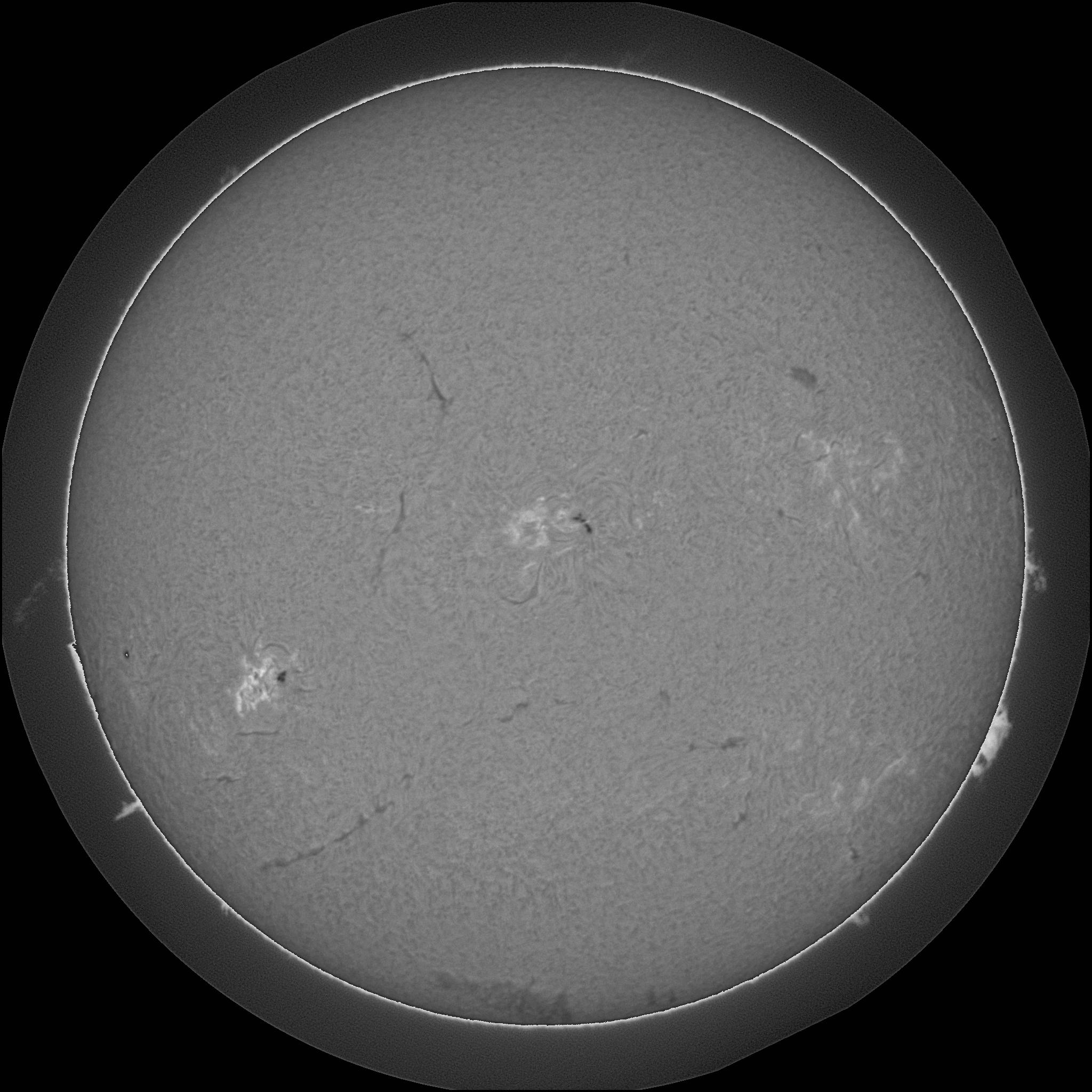
Region
Reports
Notes
MM#003 Major Flare Watch
Target region NOAA 11598 has continued to grow in number of spots, spot area, and magnetic complexity in the past 24 hours. This region has now been designated by NOAA as a beta-delta/D-type sunspot group class. The furthest trailing spots of 11598 also appear to have the same magnetic polarity as the main leading spot. NOAA 11598 has continued to produce C-class events (eight in total) since the X1.8 flare on 23-Oct-2012 at 03:13 UT. The Major Flare Watch continues as NOAA 11598 has maintained a strong polarity inversion line in its delta spot region, indicating the potential for further flaring above the M5 level.
The position of NOAA 11598 on 24-Oct-2012 at 14:00 UT is:
S12E36, ( -560", -268" )
Shaun Bloomfield (Trinity College Dublin)
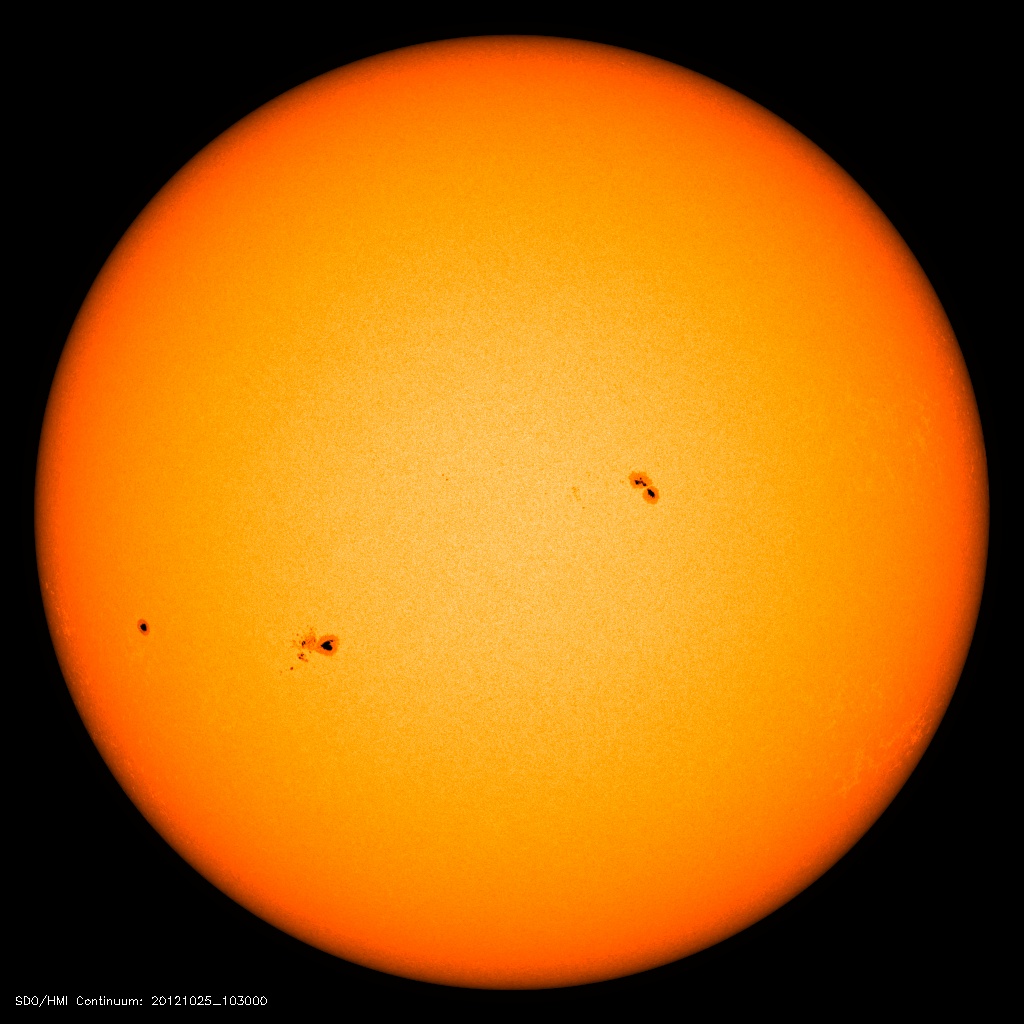
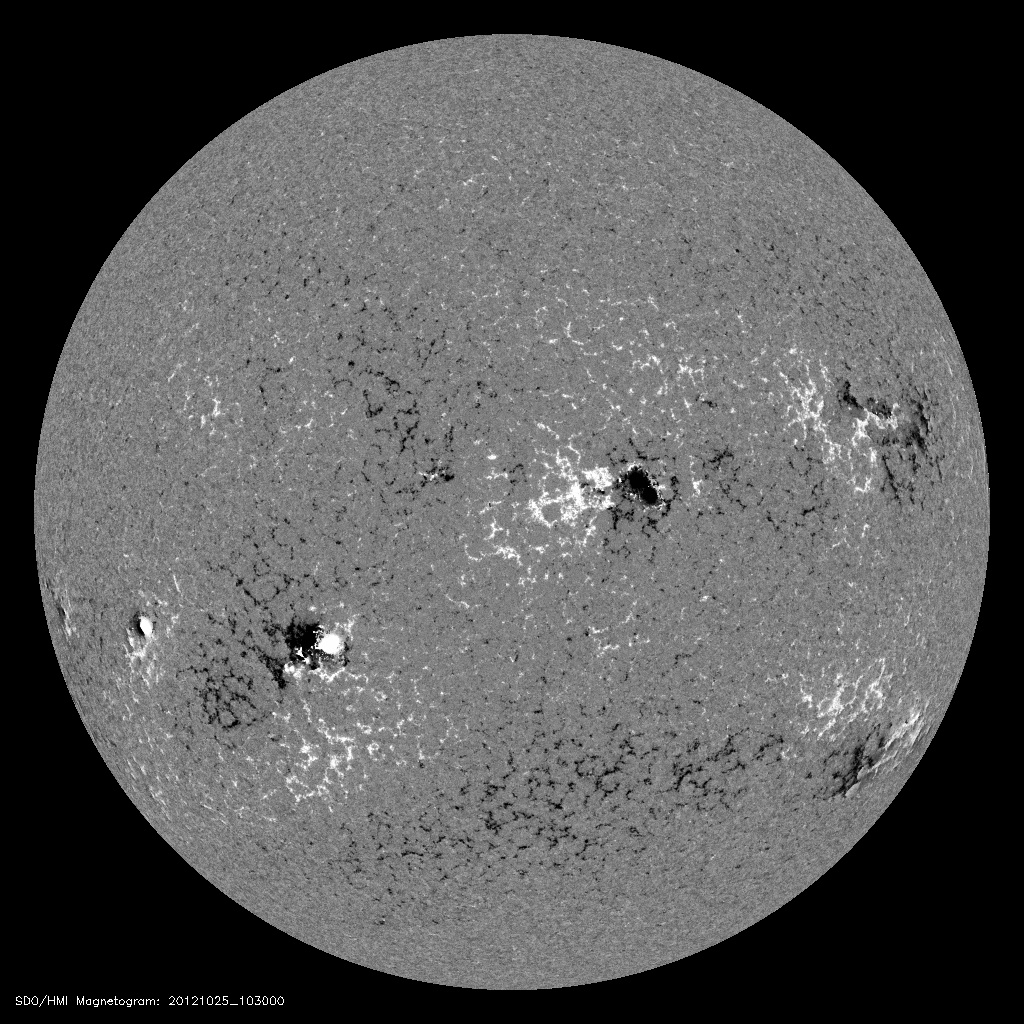
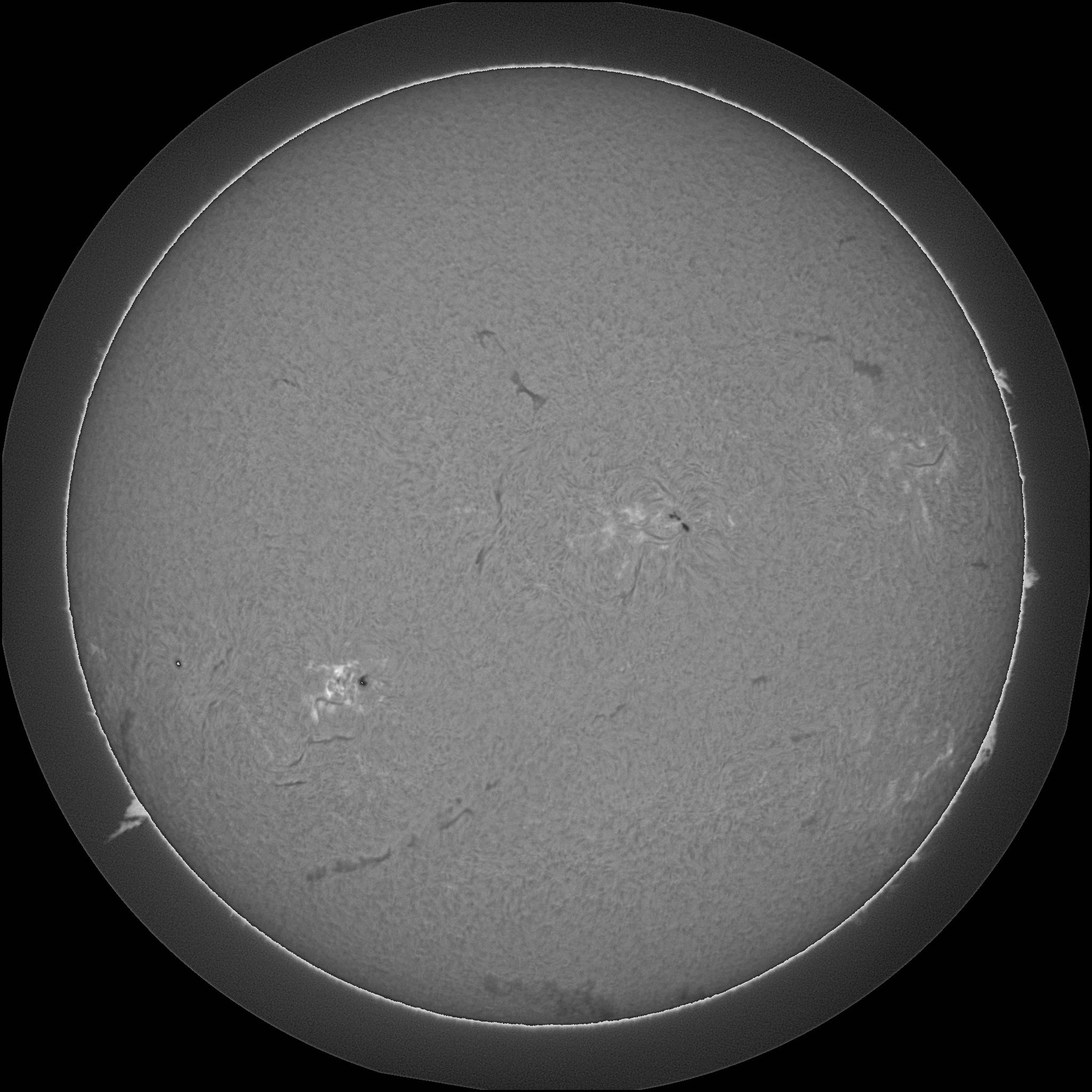
Region
Reports
Notes
MM#003 Major Flare Watch
Target region NOAA 11598 is beginning to show signs of entering decay phase, having decreased in number of spots and area coverage over the previous 24 hours. This region has maintained a NOAA designation as a beta-delta/D-type sunspot group, also showing a mixed polarity region in its lower trailing spots. Although 11598 has only produced C-class activity since the last message, the Major Flare Watch campaign will remain in effect for another 24 hours due to the continued presence of an evolving strong field gradient delta spot.
The position of NOAA 11598 on 25-Oct-2012 at 11:00 UT is:
S12E23, ( -369", -276" )
Shaun Bloomfield (Trinity College Dublin)
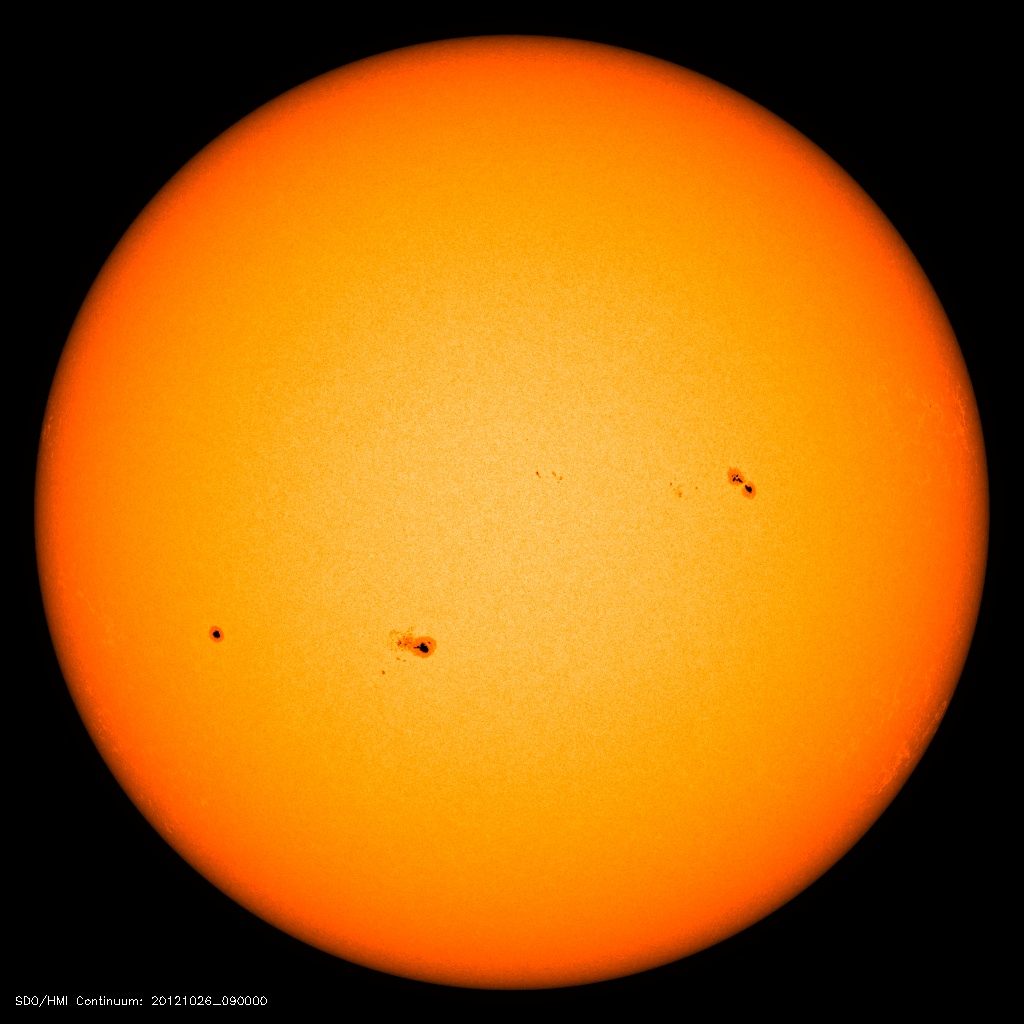
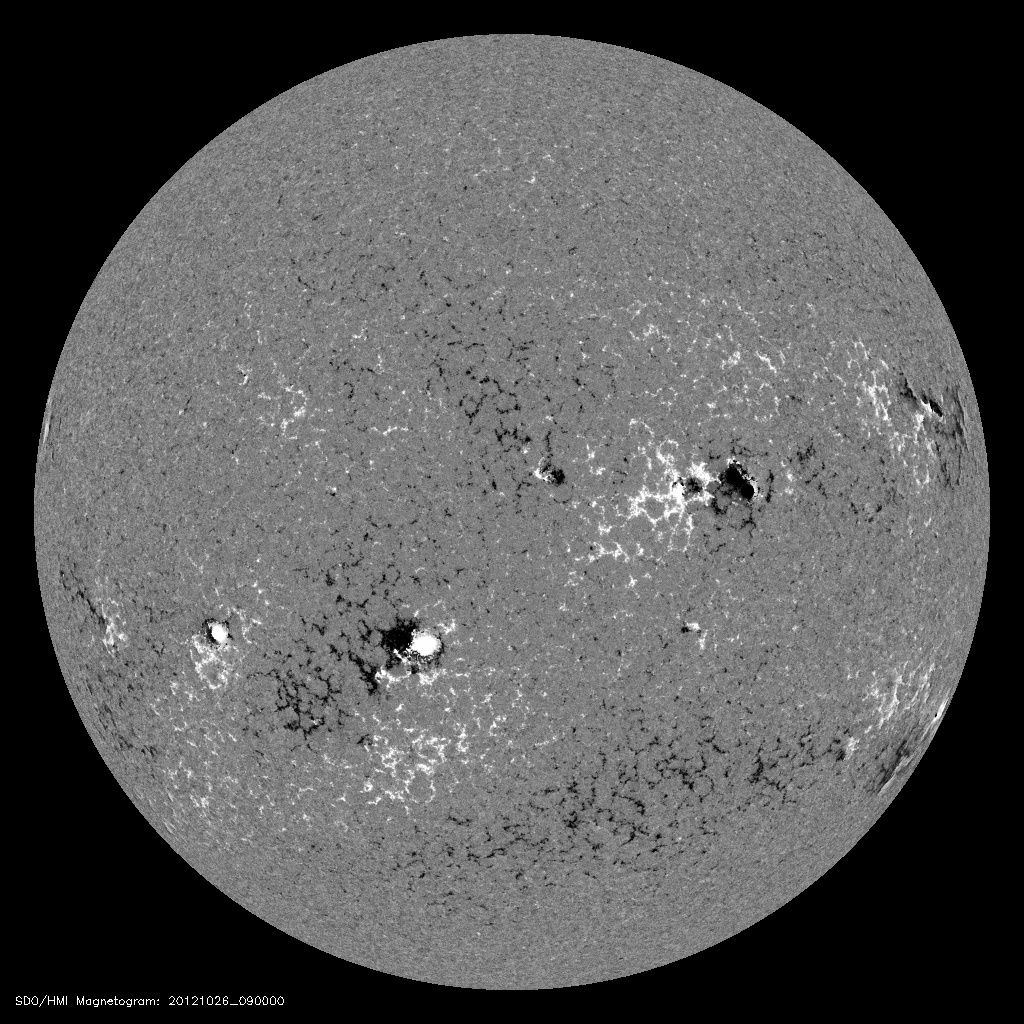
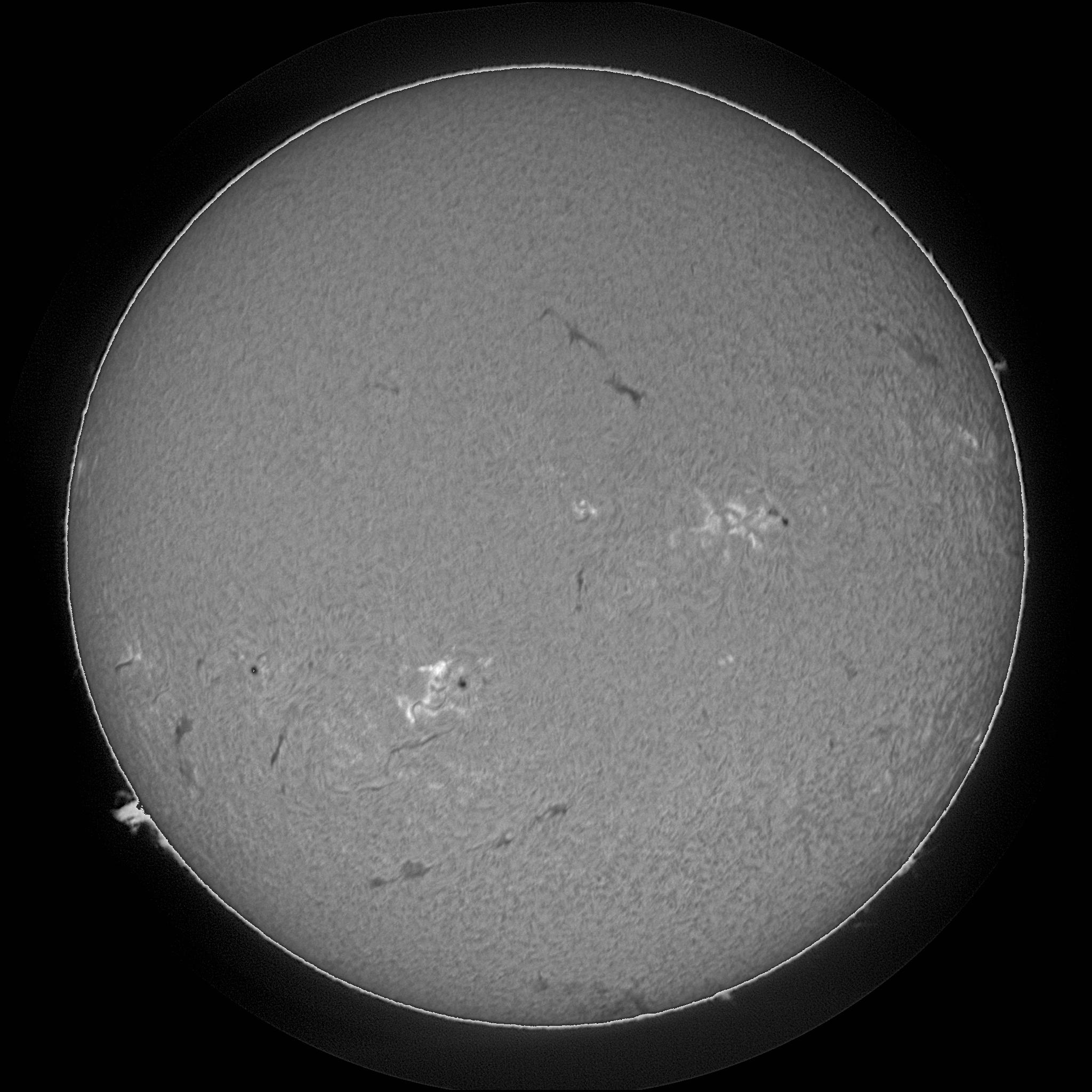
Region
Reports
Notes
MM#009 Default HESSI Target
Target region NOAA 11598 has continued to decay over the past 24 hours, maintaining spot area while fragmenting and increasing number of spots. This region has a NOAA designation as a beta-delta/D-type sunspot group, but the delta appears to have disappeared because the opposite polarity regions have separated (i.e., it might now be a beta-gamma class). NOAA 11598 has only produced B-class activity in the past 24 hours. At this time we are ending the Major Flare Watch campaign. C-class activity is
possible over the next 24 hours.
The position of NOAA 11598 on 26-Oct-2012 at 09:30 UT is:
S12E13, ( -209", -280" )
Shaun Bloomfield (Trinity College Dublin)